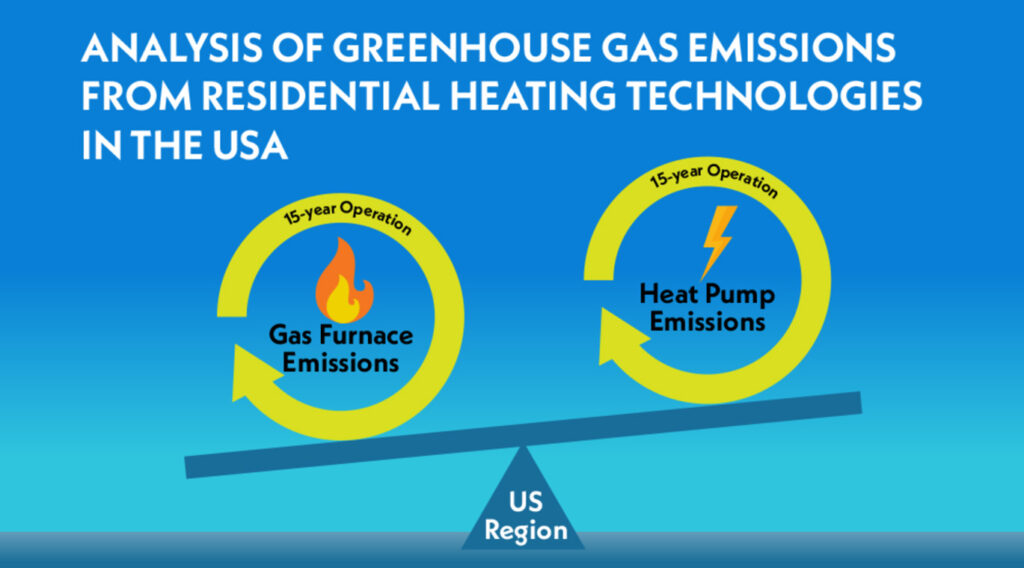
Analysis of Greenhouse Gas Emissions from Residential Heating Technologies in USA
Replacements of residential gas furnaces with electric heat pumps can reduce overall carbon dioxide emissions associated with heating. However, the impact on CO2 emissions is dependent upon weather and the local carbon emissions of the electric grid. WCEC used whole-building energy simulation to predict the change in annual CO2 emissions resulting from replacement of residential natural gas furnaces with heat pumps in the contiguous 48 states in the United States.
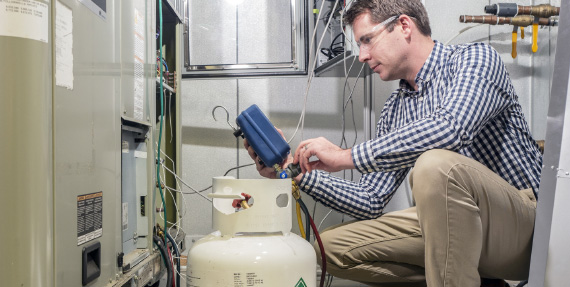
Performance Evaluation of Low Global Warming Potential Refrigerants
Refrigerants used in vapor-compression air conditioners and heat pumps have a high global warming potential (GWP). To help reduce the effects these greenhouse gasses have on our atmosphere, companies are developing alternative refrigerants with lower GWP. WCEC is testing these new refrigerants to determine their performance across a variety of test scenarios.
Past Projects
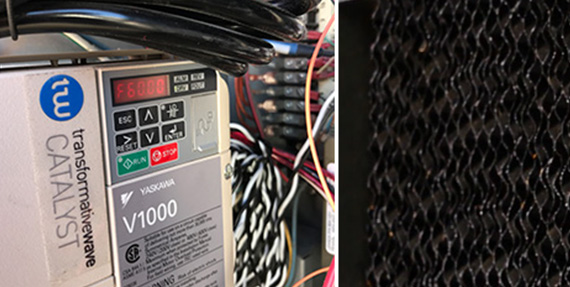
RTU Optimization
Packaged compressor-based air-conditioning and heating roof top units (RTUs) provide a significant amount of the cooling for commercial spaces in California. Optimizing the efficiency of RTUs can reduce the strain put on the California electric grid from compressor based cooling.
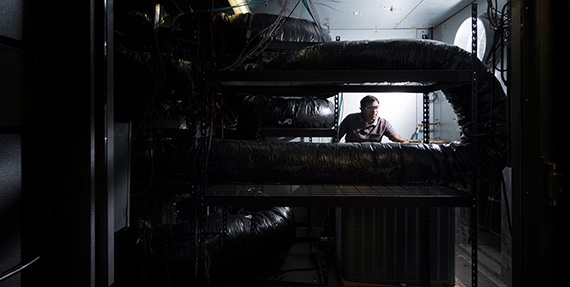
Next Generation Residential Space-Conditioning System
Space conditioning systems can have a profound impact on comfort and energy efficiency. The Electric Power Research Institute (EPRI), funded by the California Energy Commission, is integrating several advanced technologies into a single space-conditioning system for residential buildings that is cost-effectively optimized for California’s climate.
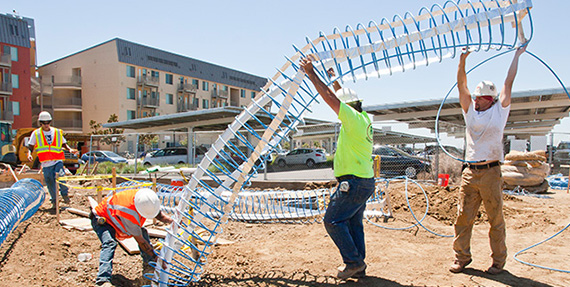
Innovations in Ground-Source Heat Pumps
This project, funded by the California Energy Commission, demonstrates a less expensive method for implementing ground-source heat pump technology by using shallow-bore helical ground source heat exchangers (GHEs) instead of deep vertical bores.
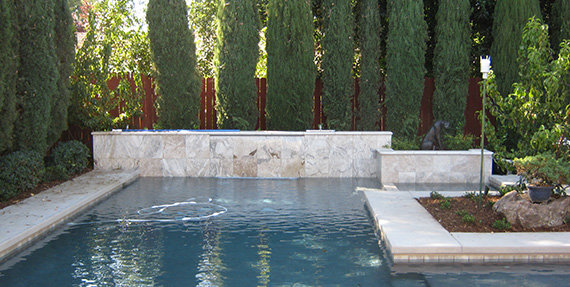
Using Waste-Heat from an Air Conditioner to Heat a Hotel Swimming Pool
Air conditioning loads drive peak demand and contribute to overall electric power consumption in California. In the summer, cooling loads are highest in the middle of the day when air conditioners are the least efficient. Rejecting waste heat from an air conditioner to a swimming pool rather than to the outside air can significantly reduce electricity demand.

